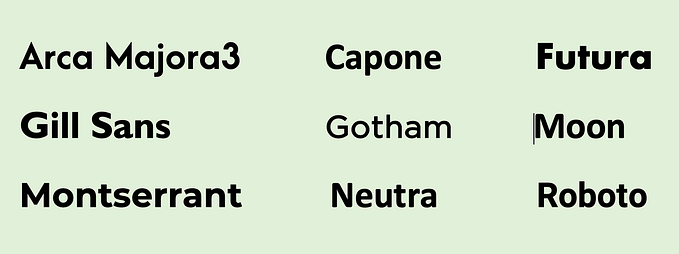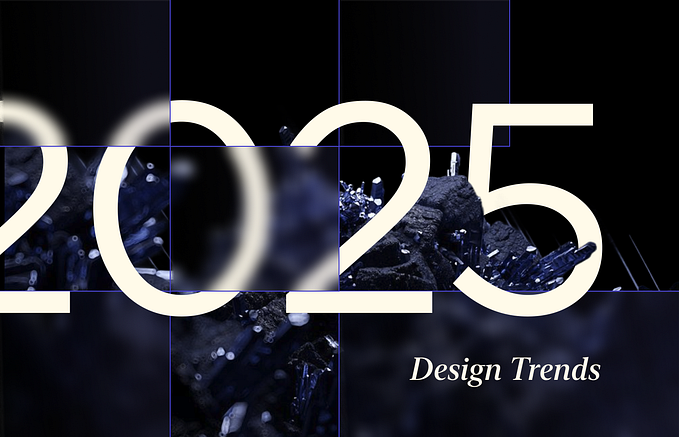The impact of color psychology on branding

Your favorite color is yellow. Most of your clothes are yellow. Your furniture is yellow. Even your car is yellow. Logically, your brand’s main color should be yellow, right?
Wrong.
To choose yellow for your logo, you first need to know that this is the happiest color in the color spectrum. It stands for warmth, friendliness, optimism, intellect, and creativity. And, if these traits match your brand’s personality, then you can freely say that yellow is the right color for you.
Your brand has a unique personality. It is based on certain values and goals that need to be reflected through its every element. One of these elements is colors that also have personalities. They impact people’s emotions and perceptions and, as such, they play a pivotal role in branding.
There is an entire field of science that explains the link between colors and human behaviors, called color psychology. Here is how to use it to build a solid visual brand.
Why does Color Psychology Matter in Branding?
Colors reveal your brand’s major values. By seeing your product packaging or your website, for example, your target audiences will automatically know who you are, what you sell, and what you’re about.
Here are a few stats that explain how colors impact customer perceptions:
- Brand memorability: The use of the right color can boost your brand recognition by 80%.
- Brand perceptions: Consumers make judgments about products within 90 seconds. Moreover, somewhere between 60% and 90% of these judgments are based on colors solely.
- Conversions: When making purchases, 90% of customers focus on brand colors.
Still don’t believe me?
Let’s take Fanta as an example. Created in 1940a, Fanta is the second oldest brand of The Coca-Cola Company and, generally, one of the most recognizable global brands. Over time, the brand changed the logo multiple times, but one thing always remains the same — blue letters on a vibrant orange background. Why orange? Because it’s playful, friendly, youthful, and energetic. So, let me ask you — can you imagine this exact same logo in different colors? How about white letters on a green background? We would still recognize the logo design, but it would lack the energy, appeal, and emotions that are triggered by orange.
Colors and their Personalities
I’ve mentioned that your visual identity says a lot about your brand. For popular brands, colors are automatically linked to their identity. For example, Starbucks’ iconic white and green logo looks authentic and exclusive, while Coca-Cola’s red and white colors are all about love, friendships, family, and memories. For smaller brands, choosing the right colors is their chance to get noticed by the right customers and stand out in the sea of similar companies.
Here are the most popular colors and the emotions they evoke in us.
- Blue
This is the color of the sea and the sky, emphasizing stability, serenity, trust, safety, harmony, and peace. These are the traits many popular brands, including financial institutions, social networks, healthcare brands, and IT giants want to emphasize. Therefore, it’s not surprising that blue is the choice of many popular brands including Facebook, Oral B, Visa, HP, PayPal, Dell, etc.
- Green
Green is often related to nature, prosperity, growth, fertility, and health. That’s why it’s used by brands like John Deere, Animal Planet, or Whole Foods. It could also be an effective solution for natural cosmetics brands, eco-friendly fashion brands, or companies in the health and fitness niche.
- Pink
Pink is feminine, youthful, playful, warm, and modern. It’s an extremely versatile color that adds a pinch of luxury to your brand image. That’s why it’s the first choice of many popular brands including Victoria’s Secret or Barbie.
- Red
This color is usually associated with love, passion, energy, strength, and stimulation. such, it is one of the most popular logo colors, used by popular brands in the health, retail, and food industries. Some of them are Coca-Cola, YouTube, Canon, Target, Oracle, and CNN. Red is usually used by brands in retail and health industries.
- Orange
Orange is associated with youthfulness, liveliness, energy, adventure, extroversion, creativity. Unsurprisingly, it’s used in the fitness, logistics, and tech sector the most. Some popular brands with orange logos are Fanta, Timberland, Nickelodeon, The Home Depot, and Amazon.
- Yellow
This is, like I’ve already mentioned, the happiest color. It evokes the feeling cheerfulness, friendliness, optimism, and happiness. Therefore, it is widely used in the fitness and digital niche. Snapchat, IMDB, Ikea, National Geographic, and McDonald’s are just some of the numerous brands having yellow in their logos.
- Purple
Purple is a royal color, usually associated with luxury, exclusiveness, high quality, and authenticity. It is popular among tech and design brands, including Aussie, Hallmark, Syfy, Twitch, and Viber.
- White
White highlights innocence, purity, simplicity, hygiene, peace, and goodness. It’s usually used in tech, health, and wellness industries. Some of the most popular white logos (usually on a black surface) are L’Oréal, Mini, and Cartoon Network.
- Black
Black is luxurious, sophisticated, powerful, strong, and glamorous. It plays a big role in the fashion, automotive, and finance industries. Disney, Sony, Prada, The New York Times, and Nike are just some of the numerous brands with black logos.
The Link Between Industries and Color Choices
As you can see from the examples given above, each industry has its preferred color. Research supports me here. A while ago, Labrecque and Milne researched color differentiation in the marketplace. They found that red appears in over 60% of retail brands, but it’s not present in fashion brand logos at all. On the other hand, blue is the most popular color in Pharmaceuticals, Travel, Electronics, Credit Cards, Health, Beauty, and Household industries. It appears in over 75% of credit card brand logos and yet, has a poor implementation in the food and fast food niche. As for Fortune 500 companies, blue is the most dominant color, followed by red. Some less popular choices are green, yellow, and black. Purple is used here and there, while pink isn’t used at all.
How to Choose the Right Brand Color?
Now that you know all about the psychology of color and its impact on branding, it’s time to see what steps to take when choosing your brand colors.
- Implementing brand colors consistently
No matter if it’s your website, blog content, print materials, or product packaging, you should use your color palette consistently to boost brand awareness. Consider hiring a creative agency that will help you create a brand style guide and design on-brand and consistent content for you, both offline and online.
- Determining brand personality
You need to set clear goals right from the start. Shape your tone of voice early on. Do you want your brand to be loud and energetic or serious and authoritative? Is your brand meant to be primarily masculine or feminine? Mature or youthful? Answering these questions will help you determine the right colors for your brand.
- Know your audiences
When choosing your brand colors, you need to understand their audiences. Create accurate and detailed buyer personas that will tell you everything about your audience’s demographics and psychographics data.
- Research your competitors
Research their logos, colors, and design choices to see what works for their audiences. Most importantly, check whether there are any big trends that dominate your industry.
Be Authentic
Instead of simply copying big brands in your industry, be brave and creative. This is the only way to build an authentic brand and set yourself apart from others. After all, that’s what branding is about.
You can always leverage the power of social networks, email surveys, and customer survey platforms. Share your logo online, ask people what they think about its design and color, and use their feedback to create a more powerful, final version.
When used properly, colors are a powerful branding weapon. Do you agree? Share your thoughts in the comments section!









